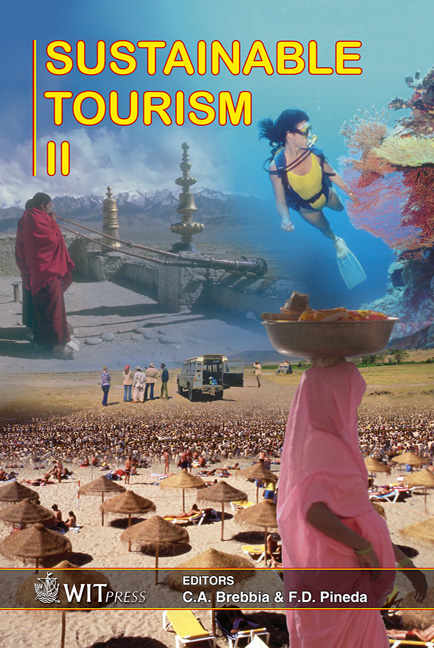Community Participation In Ecotourism Destinations: Maleboho Nature Reserve
Price
Free (open access)
Transaction
Volume
97
Pages
11
Published
2006
Size
415 kb
Paper DOI
10.2495/ST060181
Copyright
WIT Press
Author(s)
M. P. Sebola & L. de W. Fourie
Abstract
The concept of \“community participation” is regarded as a tool to assist in ecotourism and local economic development in rural communities. While the concept is arguably the best in achieving successful development objectives, there is often a missing link in its implementation process, and hence a failure to achieve the expected objective. This article, therefore, argues that community participation in Maleboho Nature Reserve cannot occur fully because of the misunderstanding among the role players as to how it should be facilitated and monitored by the government institutions. This article will, therefore, limit its relevance to the contextualisation of the concept community participation in ecotourism and the research findings at Maleboho Nature Reserve. Keywords: community participation, ecotourism, communal nature reserve, Induna, Paramount chief. 1 Introduction Kanyane [5] refers to the concept \“community participation” as nothing other than community members taking part or sharing in some community activity or event. Other concepts, such as \“public participation” and \“civil participation,” are interchangeably used to refer to community participation. It can, however, be argued that the concept may not only be limited to the active taking part in the event, but also to the effect that people have been consulted on the event, in which instance they were given the option to say” yes” or” no” to its implementation. Consultation is, therefore, an important characteristic of community participation. Consultation may not necessarily mean active participation. It may simply mean that the community might have been informed
Keywords
community participation, ecotourism, communal nature reserve, Induna, Paramount chief.





